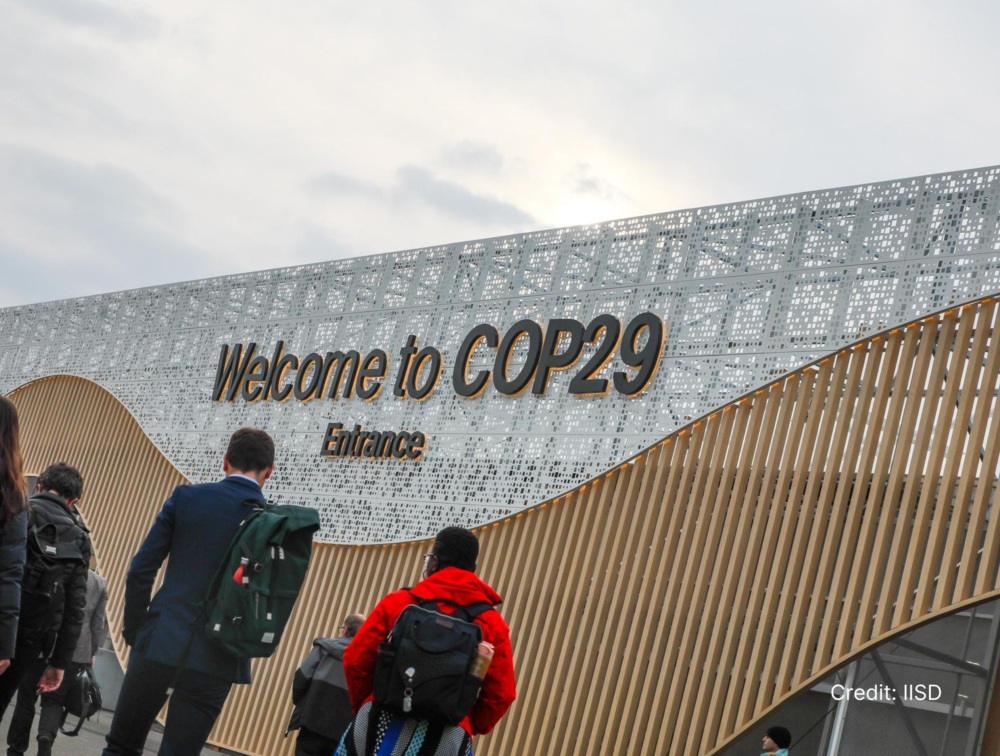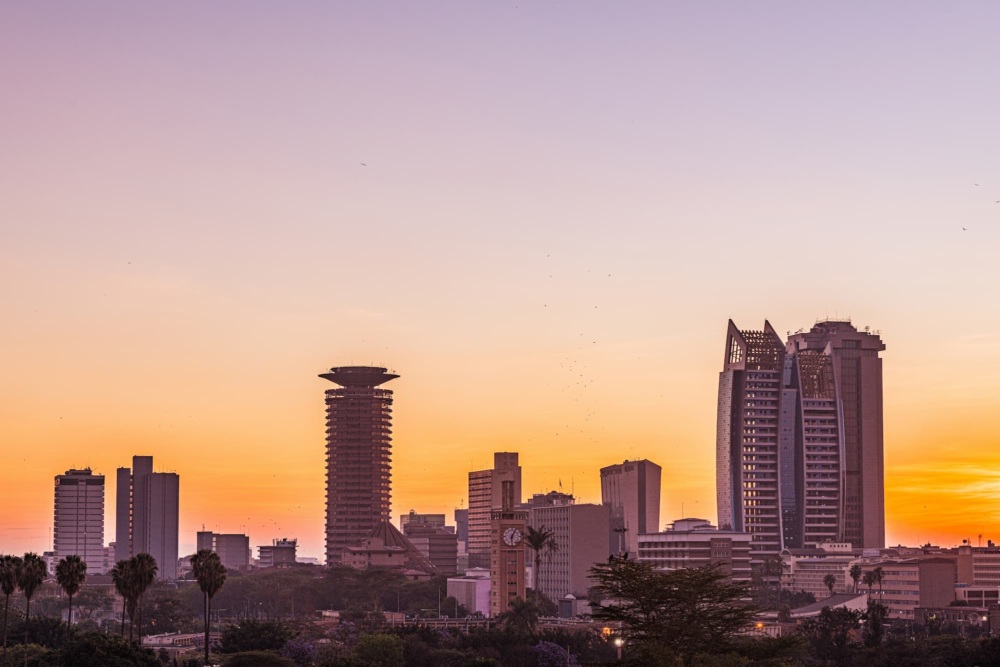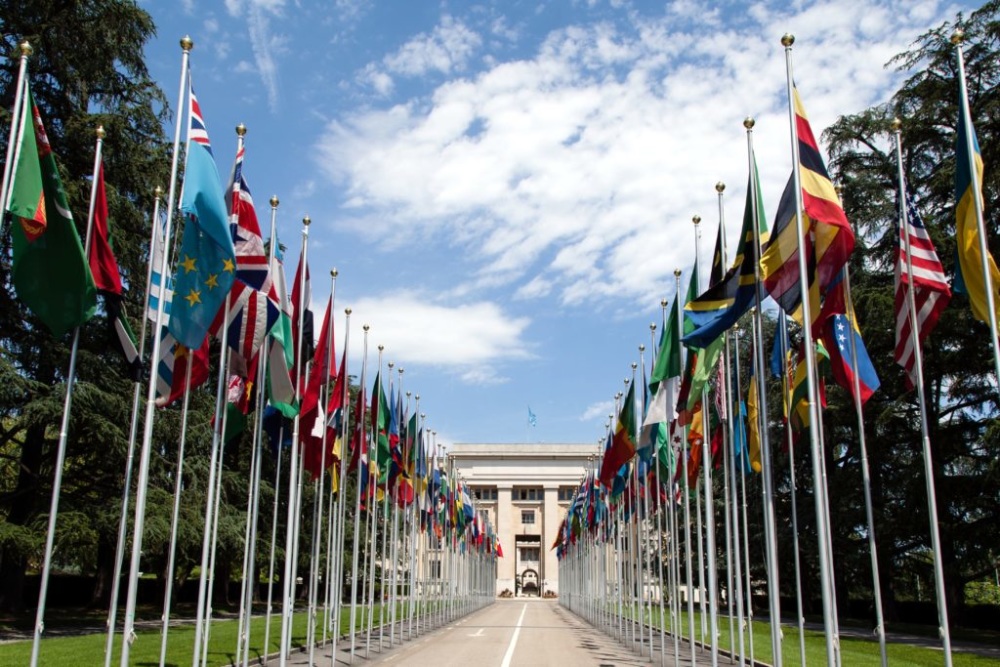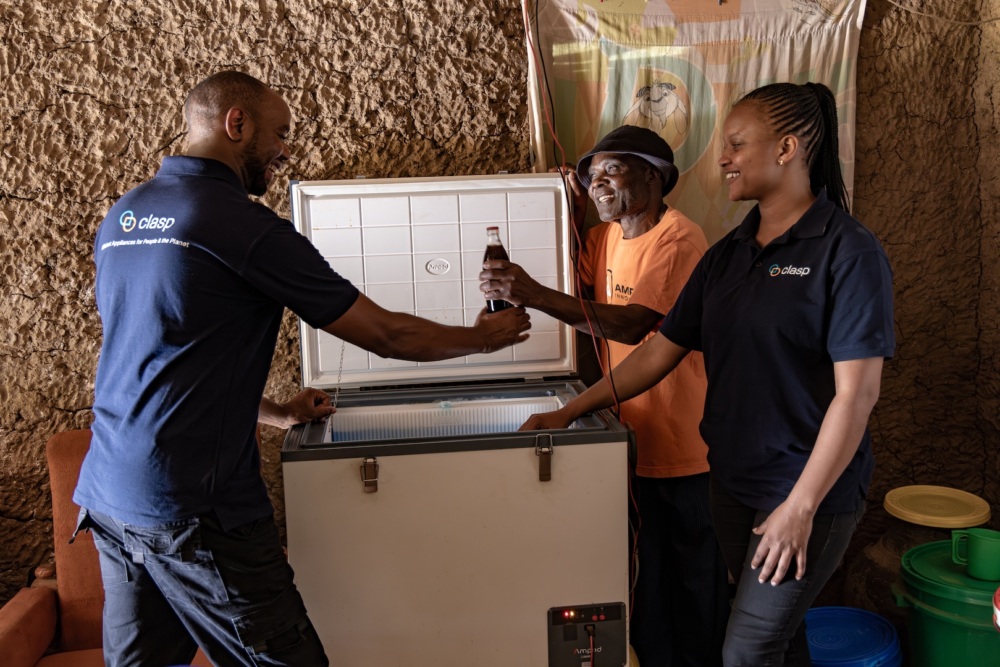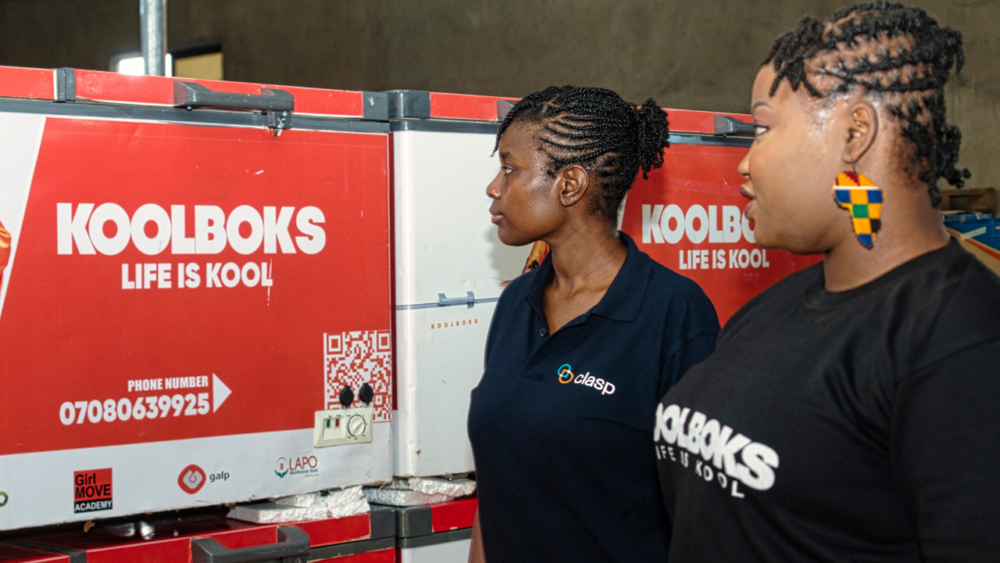Insights into Our Global Campaign to Transition to LED Lighting
CLASP’s Clean Lighting Coalition (CLiC) launched in early 2021 to mobilize broad global support to accelerate the transition to LEDs through the Minamata Convention fourth Conference of Parties (COP4). After gaining valuable insights during the first phase of the campaign, we have compiled a case study of lessons learned and reflections as we pivot to Phase 2 in the lead up to COP5.
CLASP’s Clean Lighting Coalition (CLiC) formed in 2021 to accelerate the transition away from fluorescent lighting and towards LEDs, in support of the African Lighting Amendment. Fluorescents contain mercury, a potent neurotoxin especially dangerous to pregnant people, young people, and workers in the supply chain, e.g. recyclers. Additionally, LED lighting uses half the power of fluorescent lighting – cutting energy bills in half – while providing the same illumination. A total global transition to LED lighting would avoid 261.5 million tonnes of CO₂ by 2050. In this case study, learn about the first phase of our campaign – and what we’re up to next.
Insights into Our Global Campaign to End Toxic Lighting
In early 2021, CLASP launched the Clean Lighting Coalition (CLiC), a campaign to mobilize broad global support to phase-out mercury-containing fluorescent lighting through the Minamata Convention fourth Conference of Parties (COP4). Over 16-months, our campaign brought together advocate and technical partners, facilitated evidence-based discussions with governments, and mobilized advocates. At COP4 in March 2022, 137 governments agreed to phase-out compact fluorescent lighting by 2025.
Despite the successes, last minute interventions delayed a decision on linear fluorescent lamps (LFLs), the long tubes commonly found in offices and stores, until Minamata COP5 in November 2023.
We gained valuable insights during the first phase of the campaign and have compiled a case study of lessons learned and reflections as we pivot to Phase 2 in the lead up to COP5.
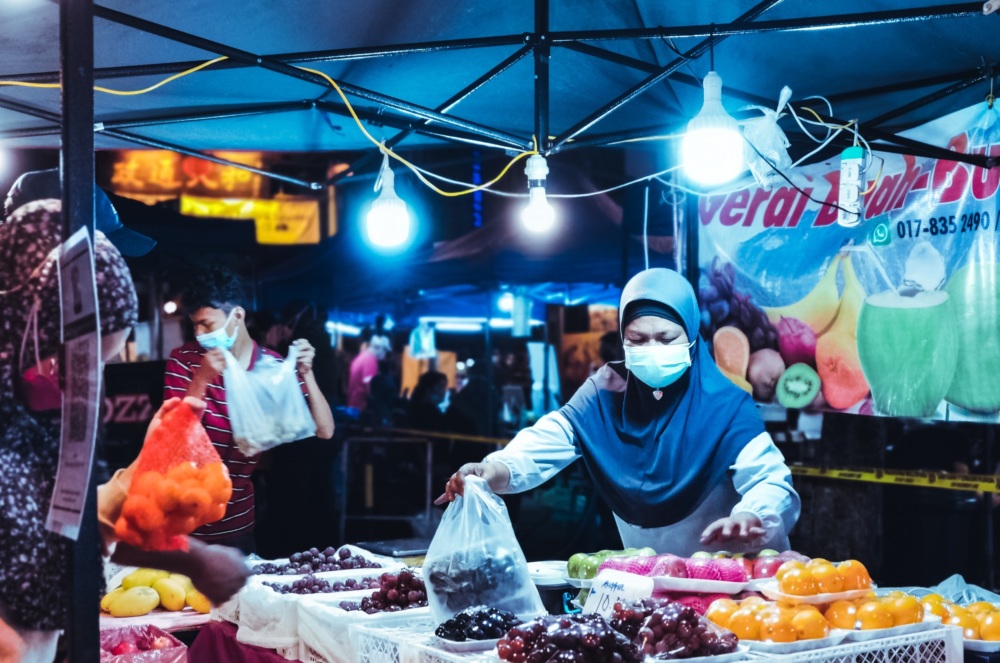
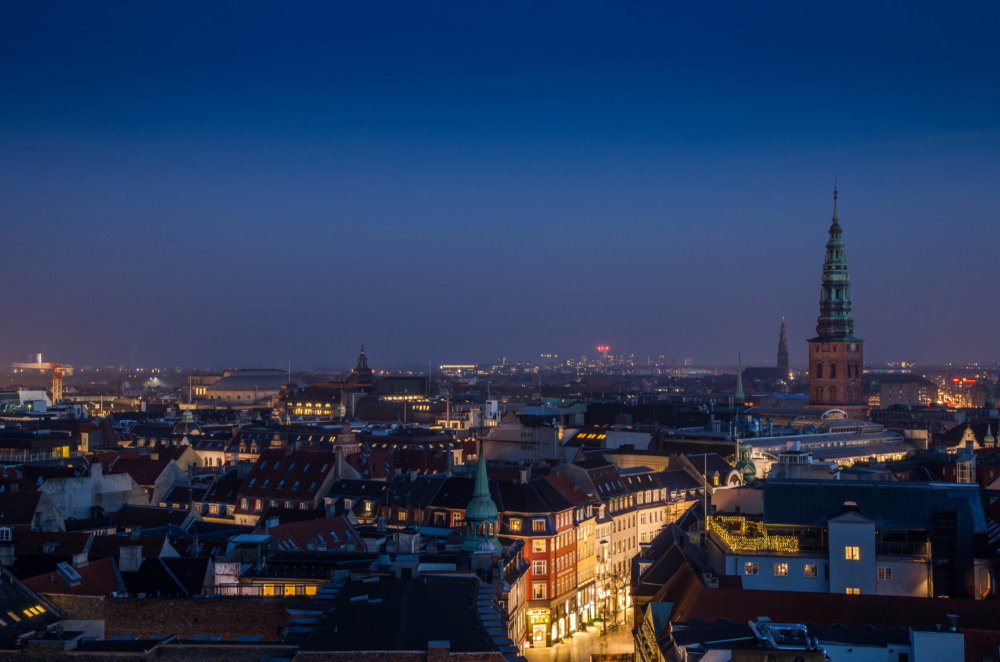
Strong Collaboration
During Phase 1, CLiC engaged 168 partners across 52 countries. Our partners supported data collection on the availability of LEDs in more than 40 countries, retrofitted hospitals with energy-efficient LEDs, ran national and local campaigns and conducted extensive media outreach, supported in government meetings and negotiations, built up recycling capacity to deal with the mercury in fluorescent bulbs, and more.
Internally, we staffed by campaign through four, highly coordinated workstreams, which worked with and through regional representatives:
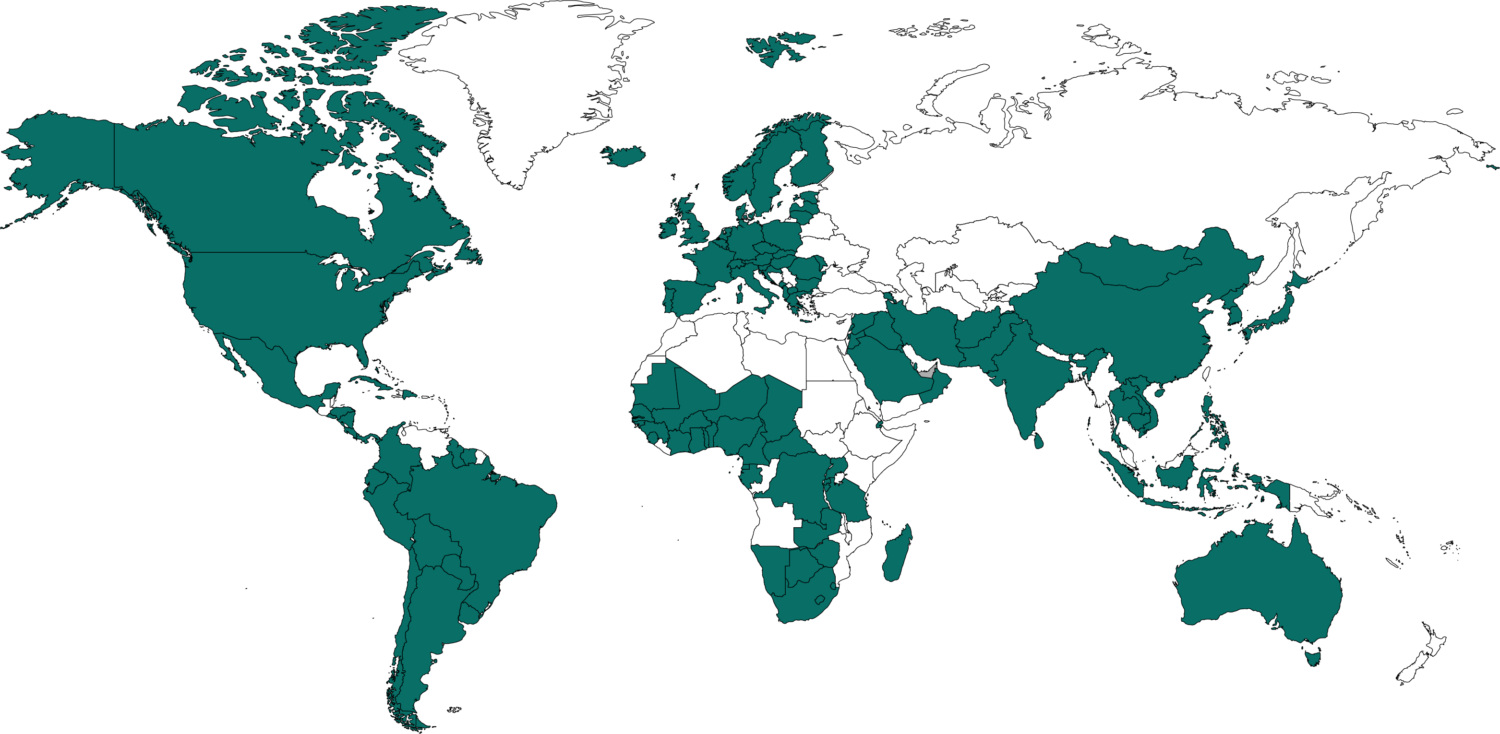
Government Engagement Workstream – built relationships with national decision makers & developed regional coalitions.
Evidence-Base Workstream – demonstrated the feasibility and benefits of an LED transition.
Private Sector Engagement Workstream – built a network of supportive LED companies.
Communications & Advocacy Workstream – developed a global brand and network of advocate partners.
Regional Leads – cultivated relationships with in-country NGOs, industry members and governments.
The campaign team coordinated daily across time zones, languages and cultural contexts and met regularly to adapt tactics according to the latest local intelligence.
The case study details specific interventions that were successful in securing commitments from governments, as well as the challenges we faced along the way.
Impacts
The COP4 decision to ban compact fluorescent lighting by 2025 will avoid 26.2 metric tonnes of mercury pollution and 261.5 million metric tonnes CO₂ emissions and save people $77.8 billion in lower energy bills by 2050. We will continue to work closely with and build our coalition to drive government support and ambition for a total fluorescent ban at COP5.
Check out the full case study here. If you are interested in supporting our campaign to end toxic lighting globally, consider joining CLiC here or contact info@cleanlightingcoalition.org.

